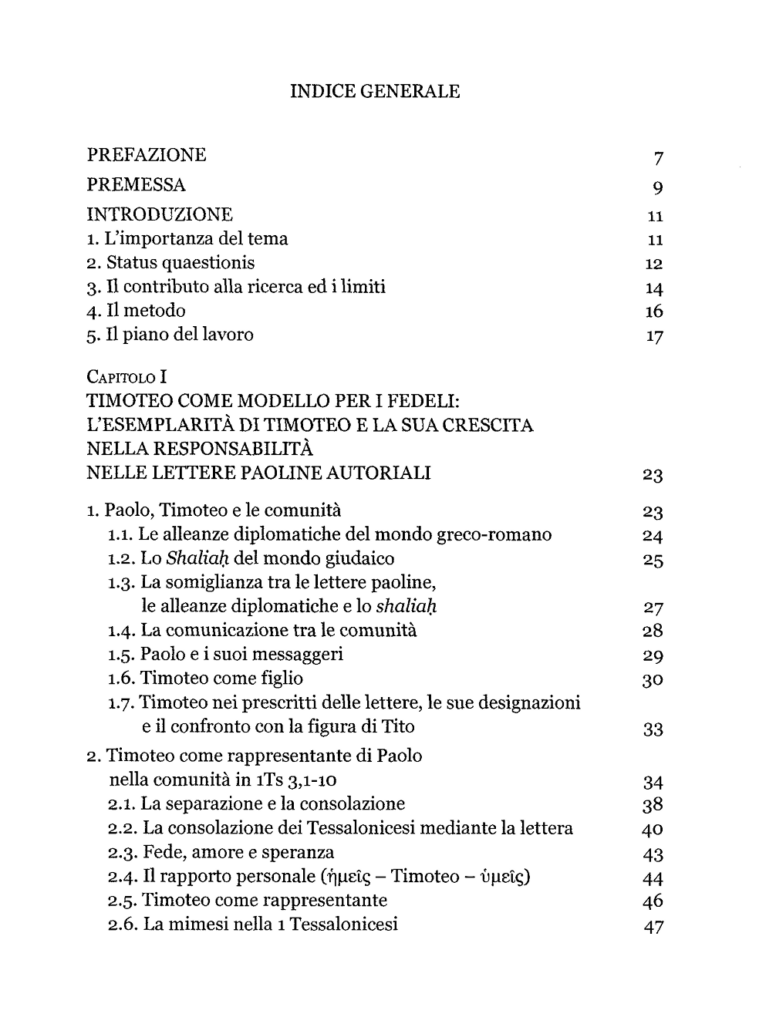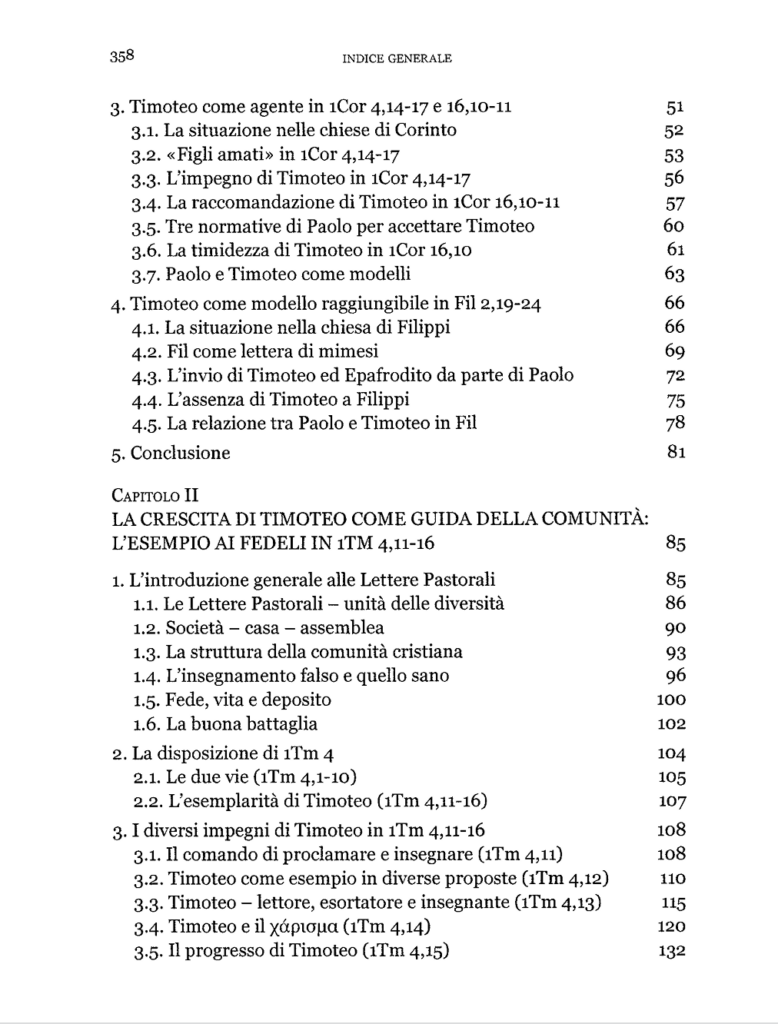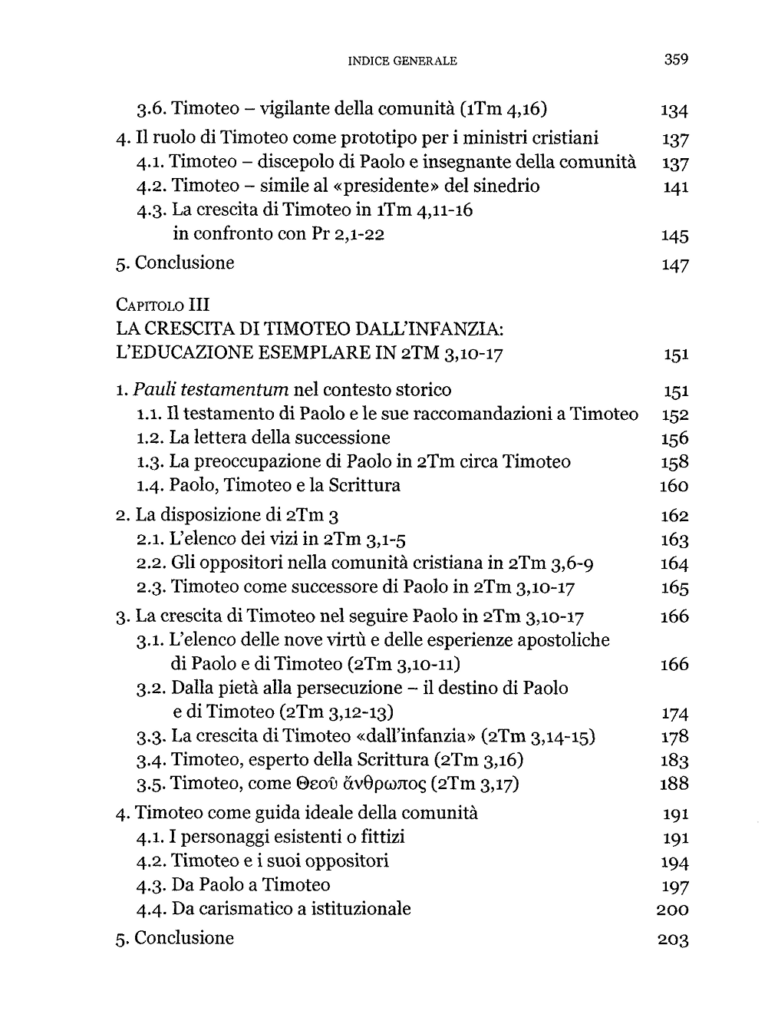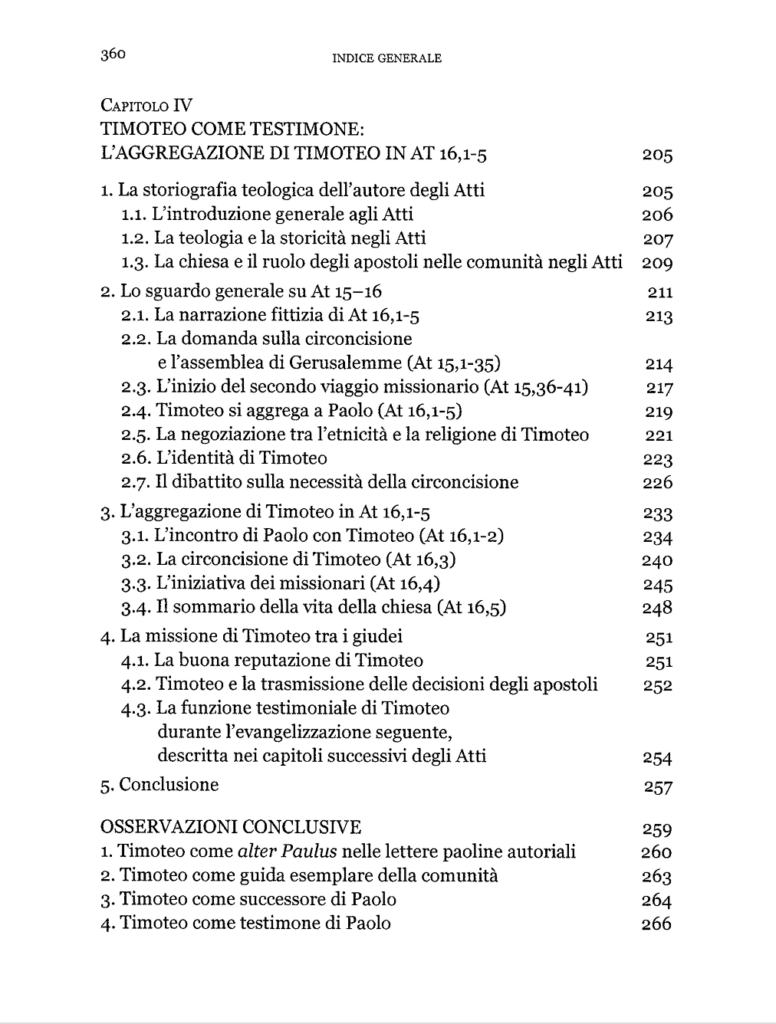The following entries in New Testament Abstracts 66.3 may be of interest to students of the Pastorals.
921. Butticaz, Simon. “De la parenté d’auteur(s) à la ‘mémoire générationelle’ (P. Nora): L’œuvre de Luc et les lettres pastorales en relation.” New Testament Studies 68.3 (2022): 274–93. https://doi.org/10.1017/s0028688522000054
1008. Beale, Greg K. “The Background to ‘Fight the Good Fight’ in 1 Timothy 1:18, 6:12, and 2 Timothy 4:7.” Zeitschrift für die neutestamentliche Wissenschaft 113.2 (2022): 202–30. https://doi.org/10.1515/znw-2022-0011
1009. Kidson, Lyn M. “Real Widows, Young Widows, and the Limits of Benefaction in 1 Timothy 5:3–16.” Australian Biblical Review 70 (2022): 83–100.
1026. Schmidt, Karl Matthias. “Alter von Schönheit? Anmerkungen zur Datierung des Zweiten Petrusbriefes.” Novum Testamentum 64.4 (2022): 489–510. https://doi.org/10.1163/15685365-bja10026 [engages parallelism between 2 Peter 3:3 and 2 Timothy 3:1]
(p. 432) Porter, Christopher A. “1 Timothy” (pp. 445–60), “2 Timothy” (pp. 461–68), “Titus” (pp. 469–73) in T&T Clark Social Identity Commentary on the New Testament. Edited by J. Brian Tucker and Aaron Kuecker. Edinburgh: T&T Clark, 2020.






